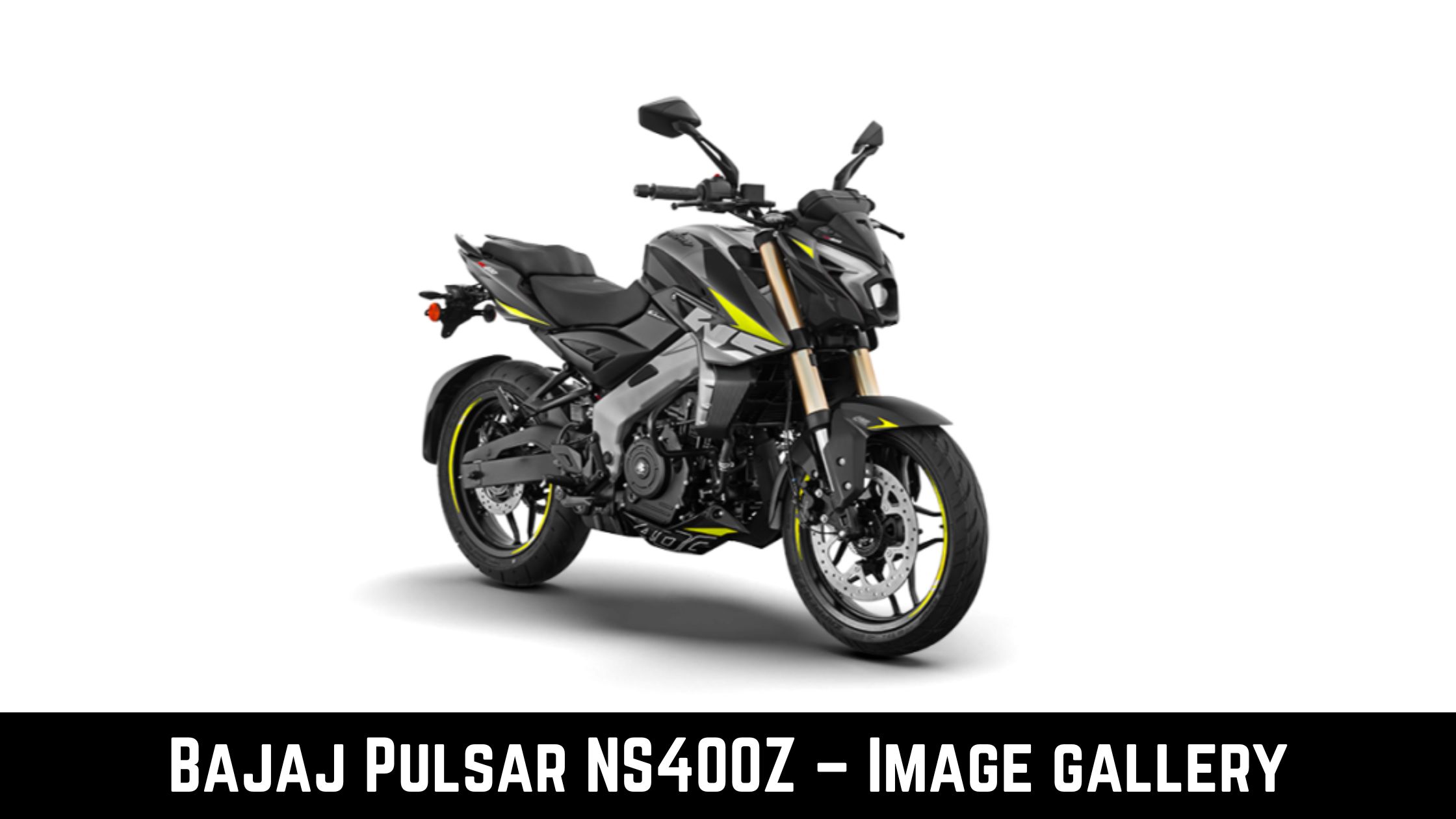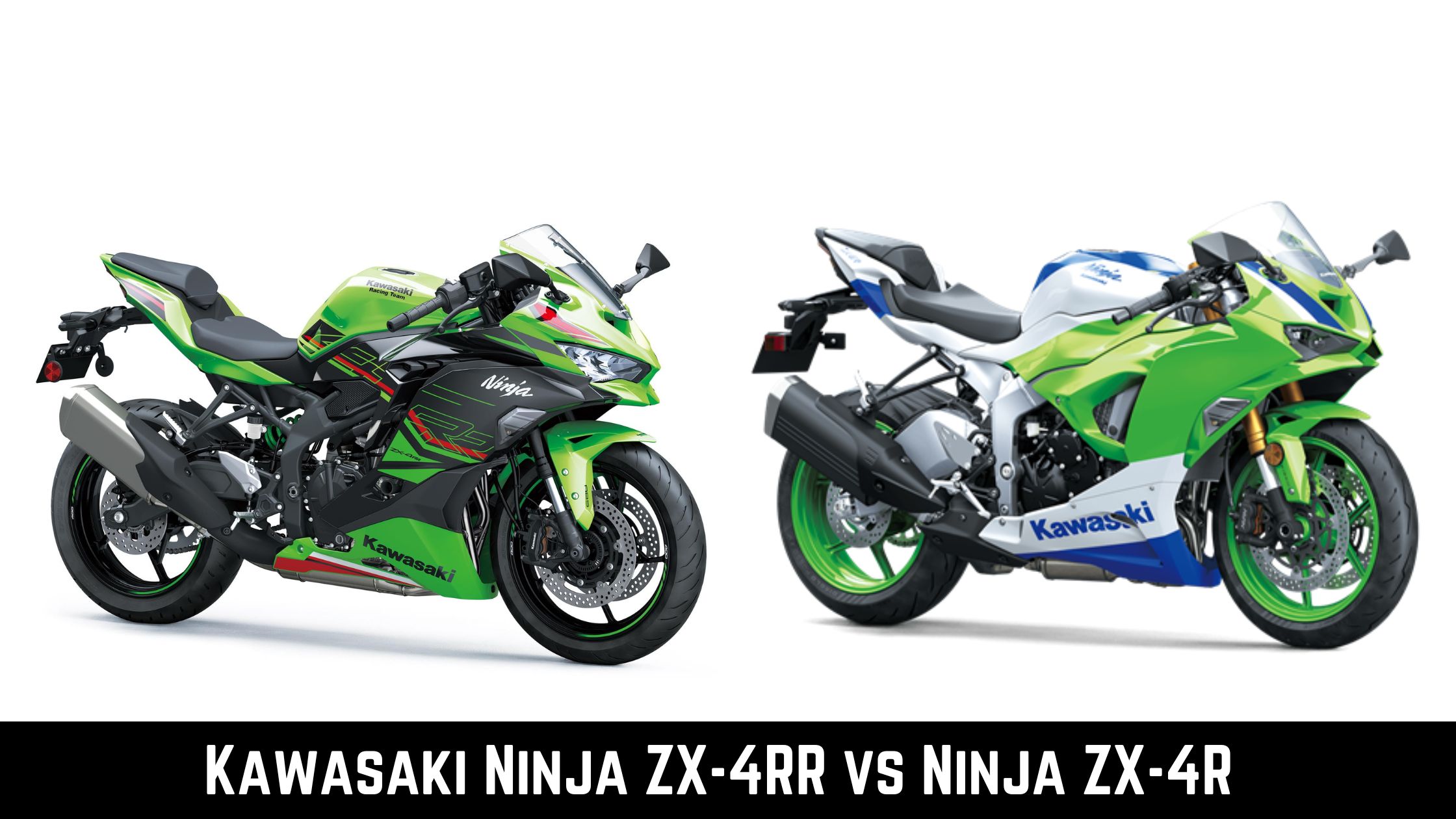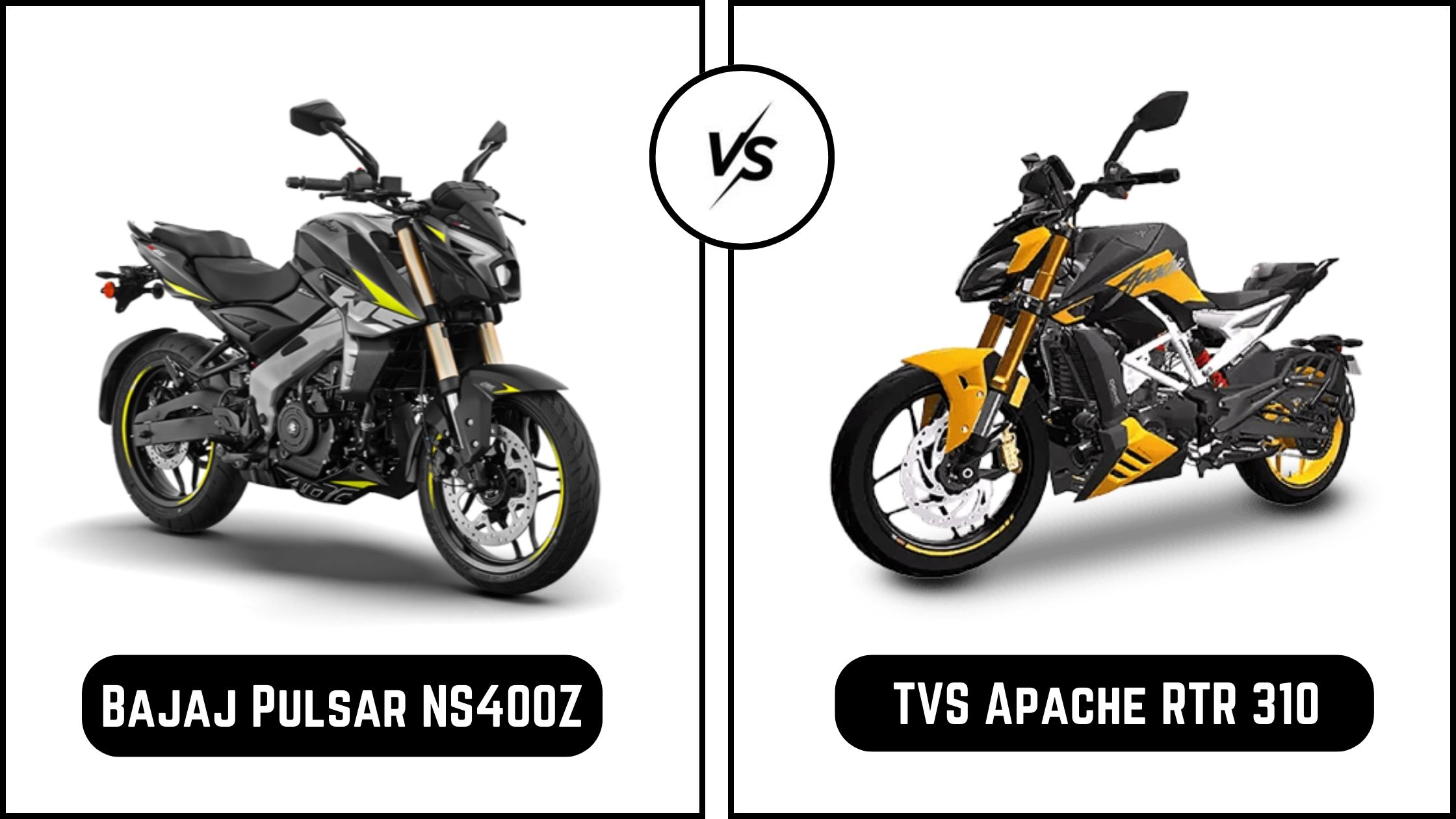
Disc brakes, which were formerly exclusive to sporty mountain bikes, are becoming increasingly common on electric bikes. And for good reason. Long-lasting and excellent braking performance are features of hydraulic disc brakes. However, what is the precise mechanism of disc brake operation, and what are the benefits and drawbacks of a disc brake compared to a “regular” rim brake? Continue reading if you’d like to learn more about disc brakes.
A Disc Brake: What Is It?
The term “disc brake” describes a kind of brake in which calipers are used to press a set of pads against a disc or “rotor” to create friction. Consequently, it lowers the shaft’s rotational speed, allowing it to either abruptly stop or lessen its pace. The disc-shaped rotor, to which disc brake components are mounted, is the source of the name “disc brake.”
A traditional disc braking system consists of two friction pads, a brake caliper, and a brake disc. These friction pads will attach to the outside portion of the disc to apply the brakes while your vehicle is moving.
Each wheel fitted with disc brakes has a round metal disc that is secured to the axle by a brake caliper. In contrast to drums, which employ metal-alloy pads that press against steel rotors within, this system uses rubber compound pads that press against the discs.
Disc Brake: History
Now, most of us want to know when the use of disc brakes started in bikes. Similarly, what was the first motorcycle with disc brakes?
So the answer is, in 1962, Italy-based auto manufacturer Lambretta produced the first modern bike with disc brakes, the TV125 Series 3. Later, in 1965, MV Agusta followed this mechanism and used disc brakes in their limited edition 600cc touring motorcycle.
Types Of Disc Brakes
Now that you know the definition of a disc brake, let’s examine the many kinds. There exist three varieties of disc brake systems. They are listed in the following order:
1. Wave Disc Brake Systems
The petal disc braking system is another term for wave disc brakes. The outside edge of the rotor is sliced in a curved pattern in this kind of braking mechanism. This is done to provide brake pads with more surface area to grab the rotating disc.
In addition, the wavy form helps to avoid the rotor overheating. This disc’s popularity is also attributed to its durability and lightweight, which allow for excellent acceleration.
2. Cross-Drilled Disc Brake System
For a very long period, the cross-drilled disc brake system has been a widely used disc braking system type. It initially entered the picture with racing cars in 1960.
Because of the cross-drilled holes in these discs, excess heat produced when braking and slowing down the car can be avoided. Drilled rotors are the best option if you live in a rainy climate. While there are certain advantages to a cross-drilled disc brake system, there aren’t many instances where the revolving disc breaks or cracks. This is most likely due to the uneven disc surface caused by cross-drilled holes.
3. Cross-Slotted Disc Brake System
Some thin slits that cut into the disc surface are present in a cross-slotted disc brake system. These slots don’t follow a set pattern because each model has a different design. As a result, these cuts might have a range of angles and widths.
These disc brake systems are used by automakers of well-known cruise bikes, such as Harley Davidson, Royal Enfield, Bajaj, etc. Furthermore, because cross-slotted disc brake systems are heavier-duty and more efficient than cross-drilled disc brake systems, they can distribute more heat.
Disc Brakes: Pros and Cons
Advantages Of Disc Brakes
- Compared to drum brakes, disc brakes provide more stopping power.
- Compared to drum brake shoes, disc brake pads produce far more effective friction.
- Applying force to stop the car can happen significantly faster when using disc brakes.
- Furthermore, disc brakes can offer improved control over lateral forces during cornering and braking.
- Disc brakes’ primary benefit is their ease of installation and maintenance.
- Both the front and rear wheels can use disc brakes for improved stopping power.
- The brakes took less work to engage.
Disadvantages Of Disc Brakes
- The primary drawback of disc brakes is that they are more challenging to repair compared to drum brakes.
- Compared to drum brakes, disc brakes are more likely to cause skids, particularly in damp weather.
- Repairing a disc brake component can be tricky.
- Disc brakes are significantly more expensive than traditional caliper brakes.
- Due to their high cost, discs are rigid enough to fit into compact cars and motorcycles with tight repair budgets.
- Moreover, disc brake vehicles frequently experience caliper overheating.
- It needed to be fixed by a professional.
To sum up, disc brakes are safer and more powerful when it comes to rapidly halting a vehicle.



